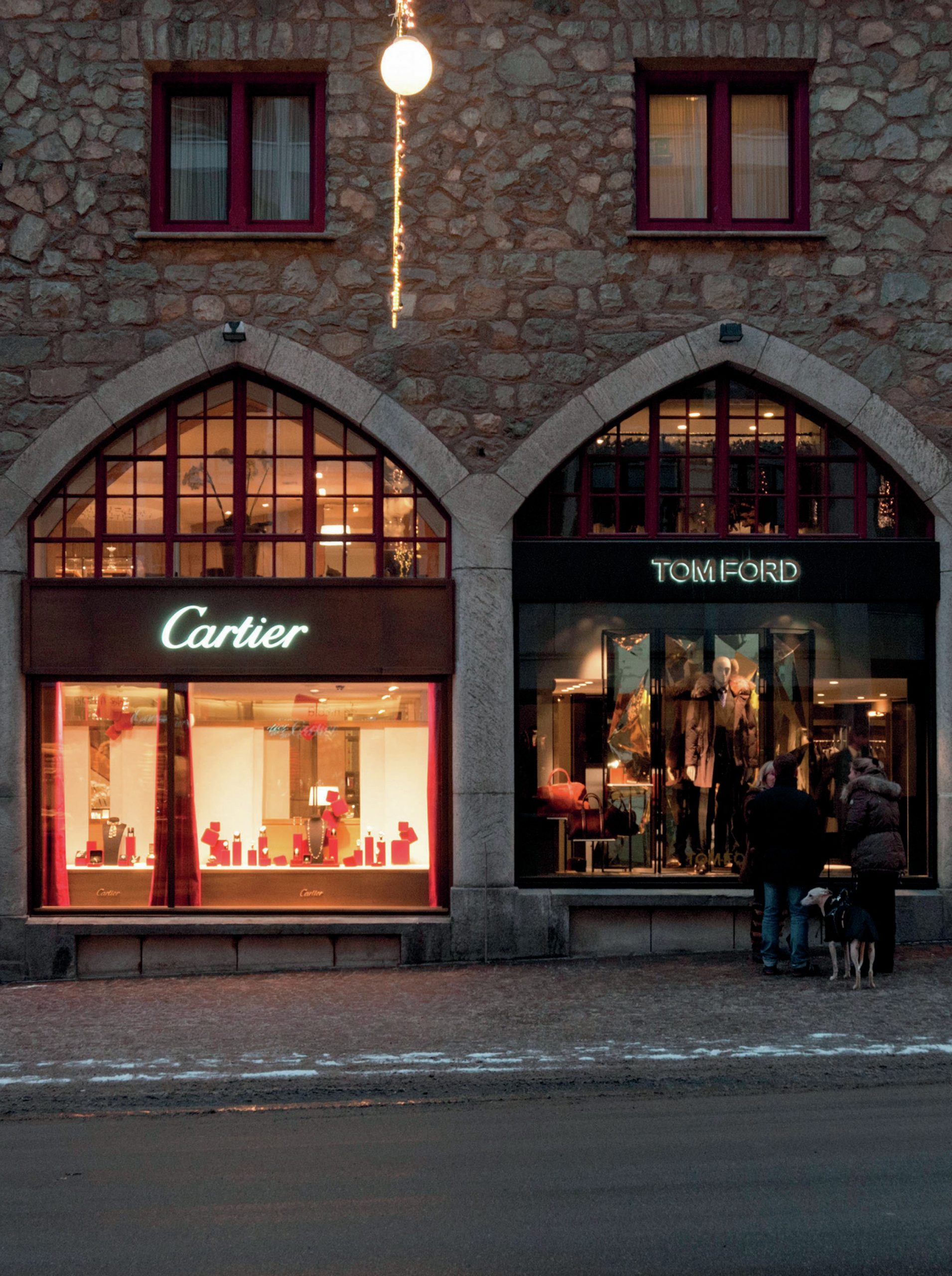
The fashion industry is a fascinating example of a sector where companies can make huge profits if they can get the product and the marketing mix right. It is always interesting to see how many of the places within rich lists are populated by the designers and founders of major labels across the world. Zara founder Amancio Ortega is Europe’s richest individual, H&M’s Stefan Persson is Sweden’s richest and 17th-richest in the world. On the other side of the success scale, Philip Green is still the 29th-richest person in the UK.
The power of the brand and the different strategies that rival fashion firms adopt show the importance of segmentation, targeting and positioning (STP). Jumpers and trousers endorsed by Victoria Beckham retail for £595 each, and this shows the kind of customer that is being targeted. The high-end market niche that Beckham is aiming for contains customers who will pay for the perceived quality and style that is on offer. This is despite the £595 clothes containing no visible logos or branding.
Your organisation does not have access to this article.
Sign up today to give your students the edge they need to achieve their best grades with subject expertise
Subscribe




